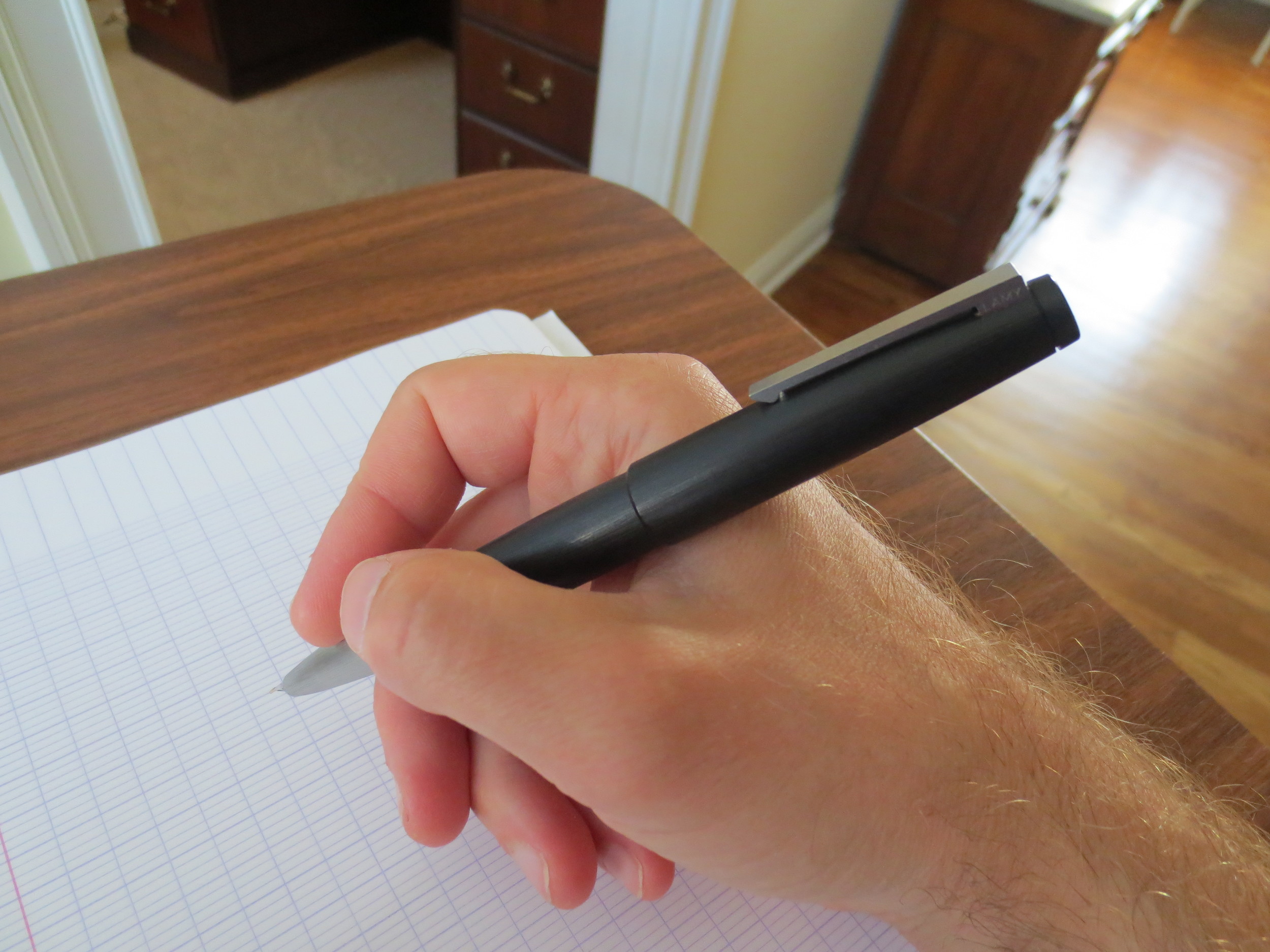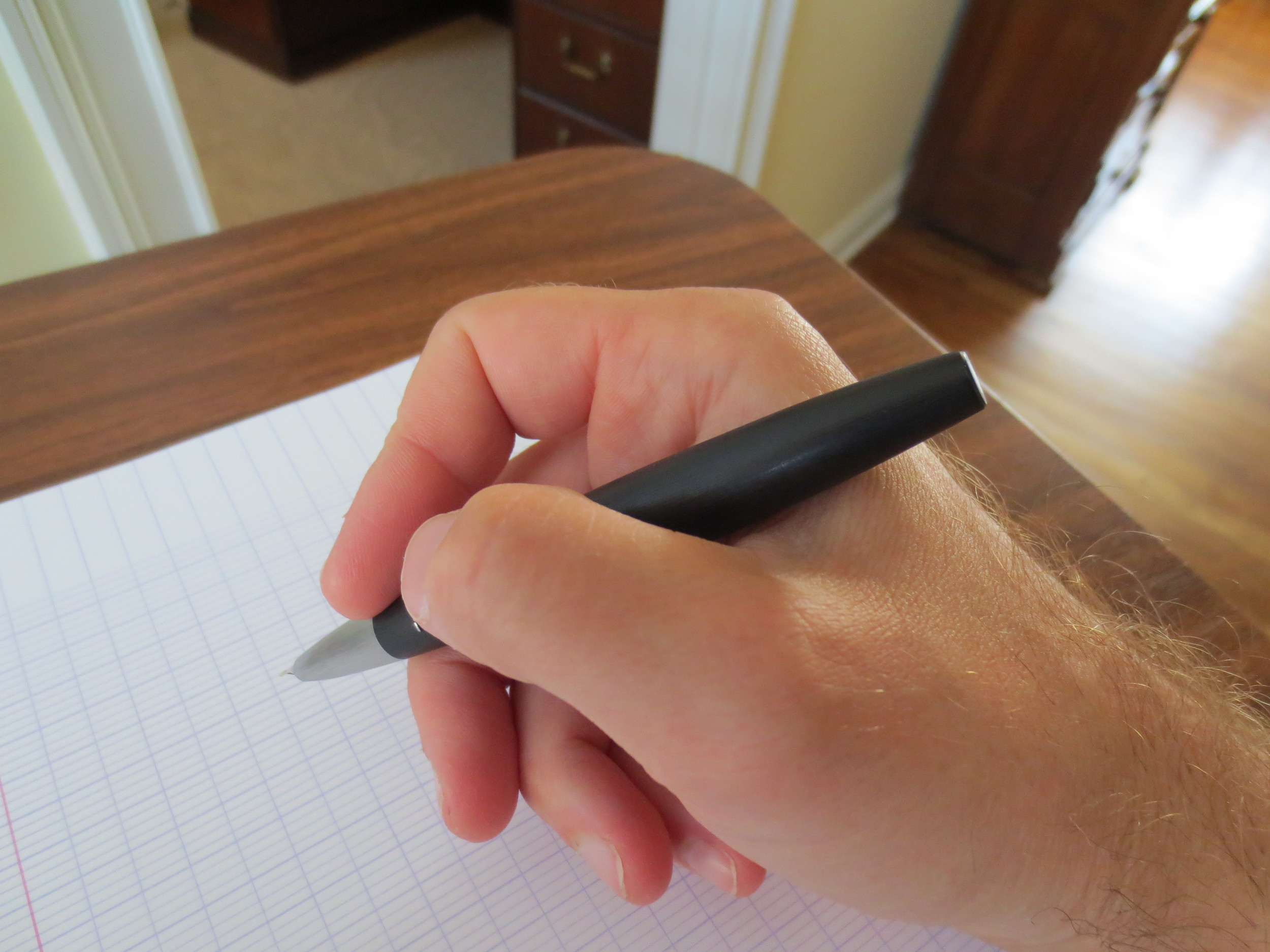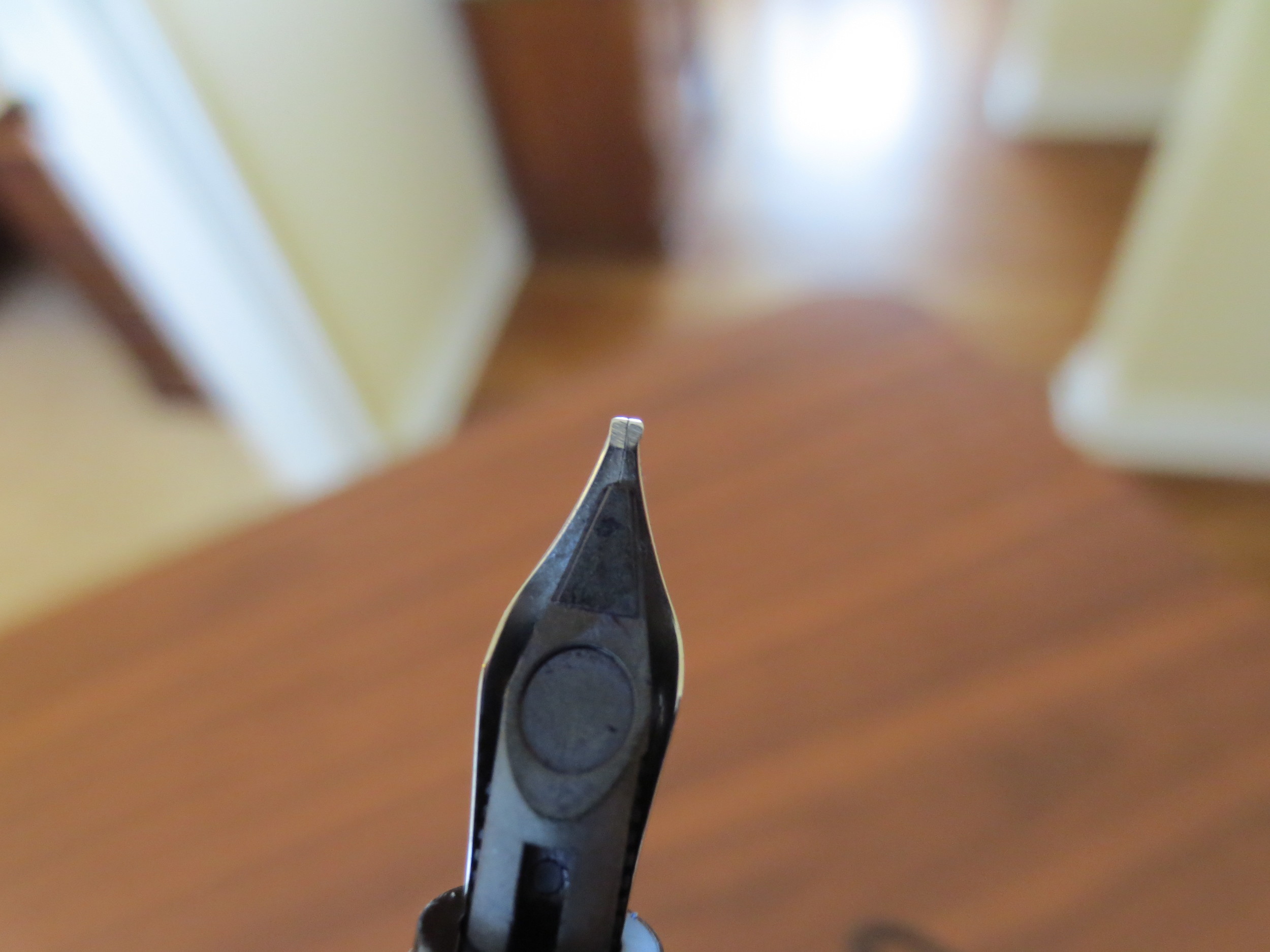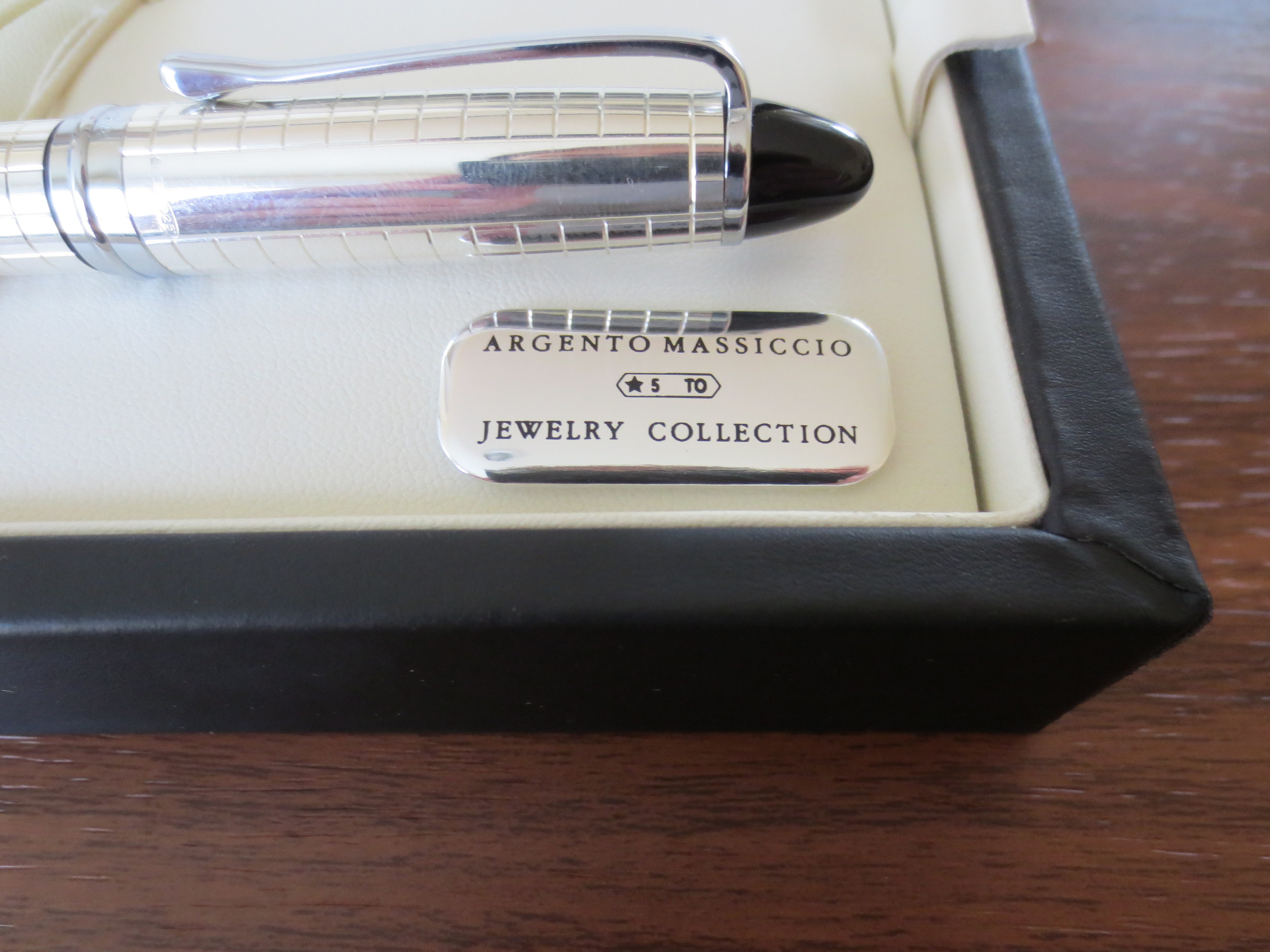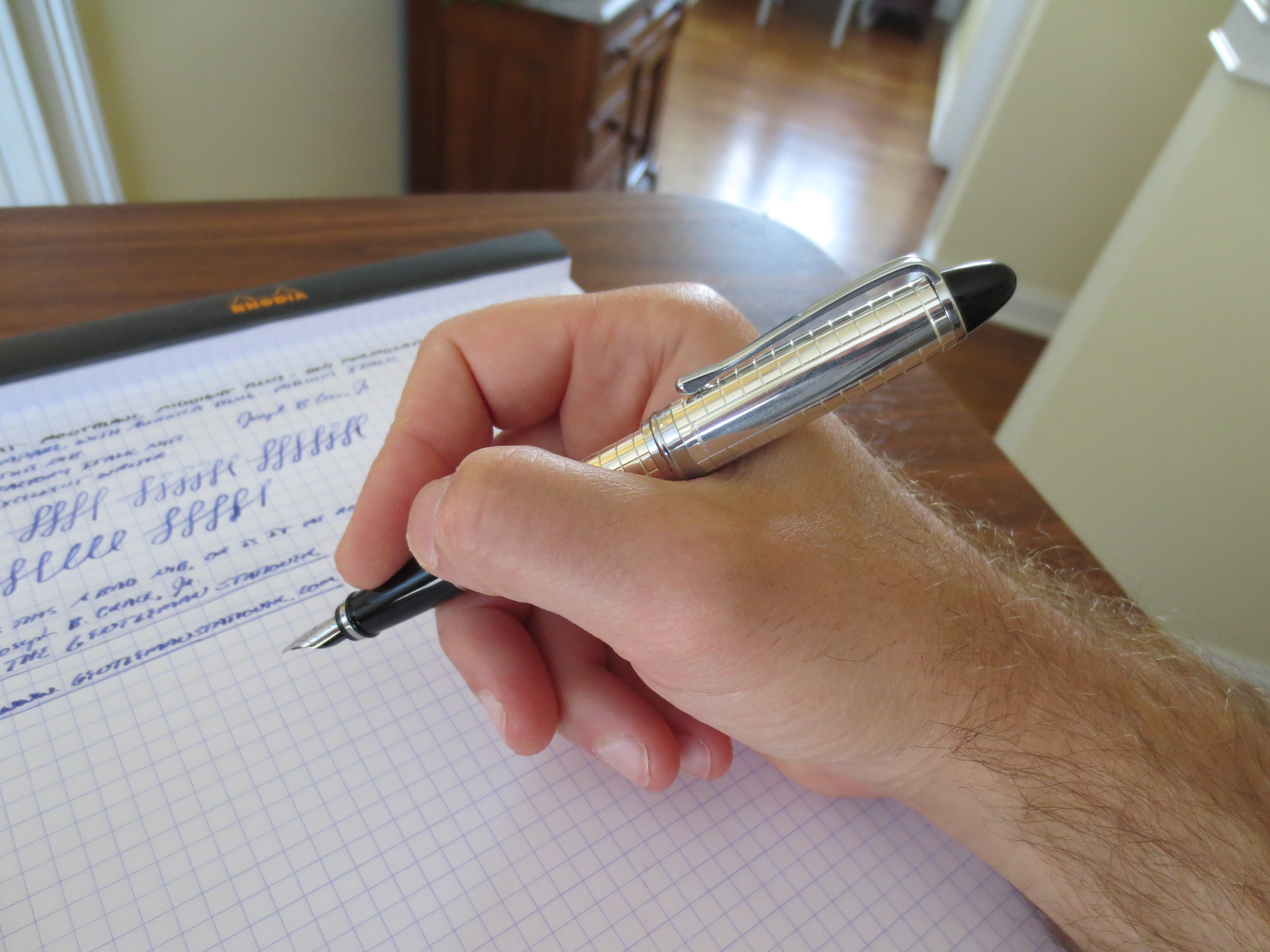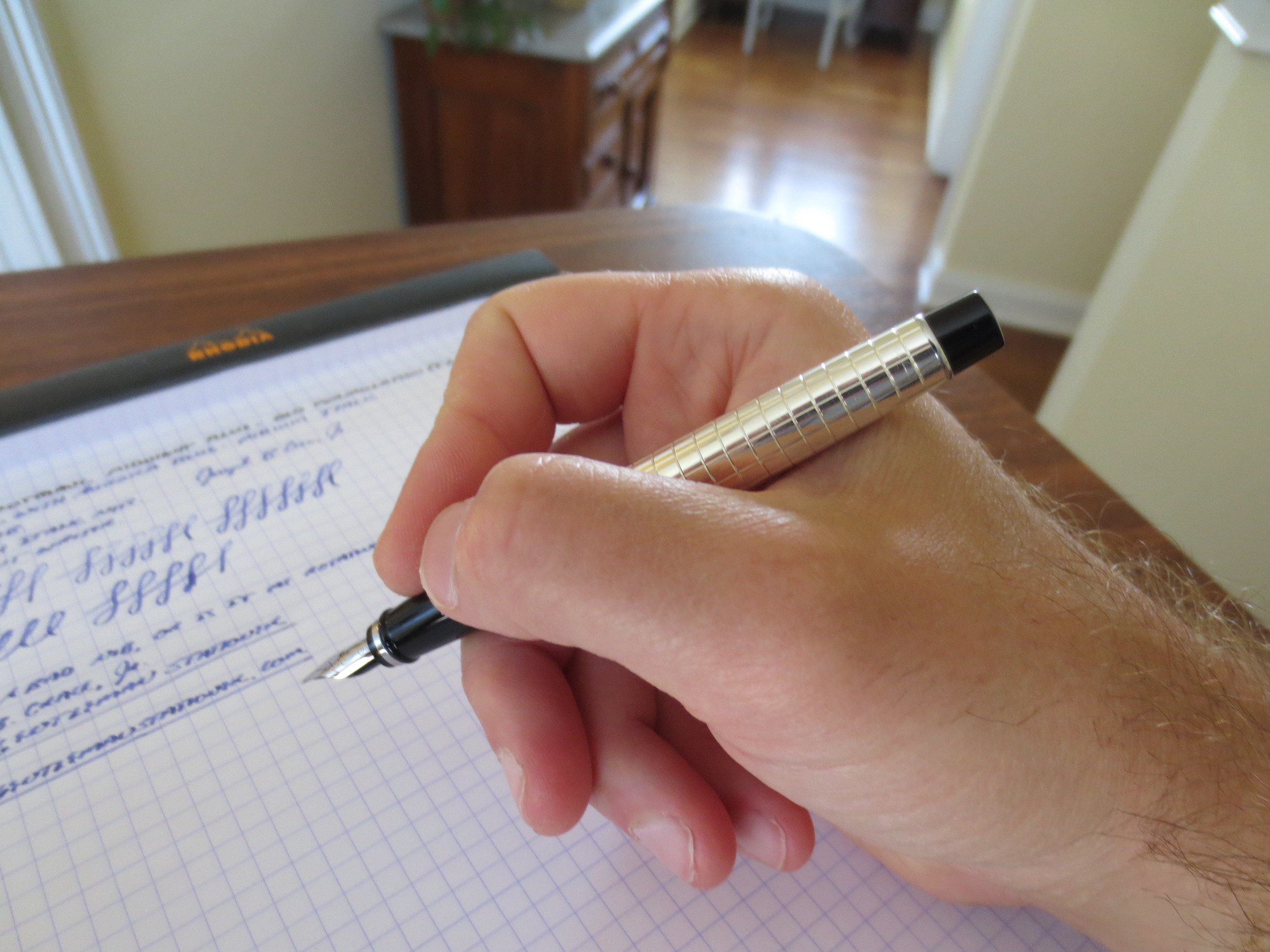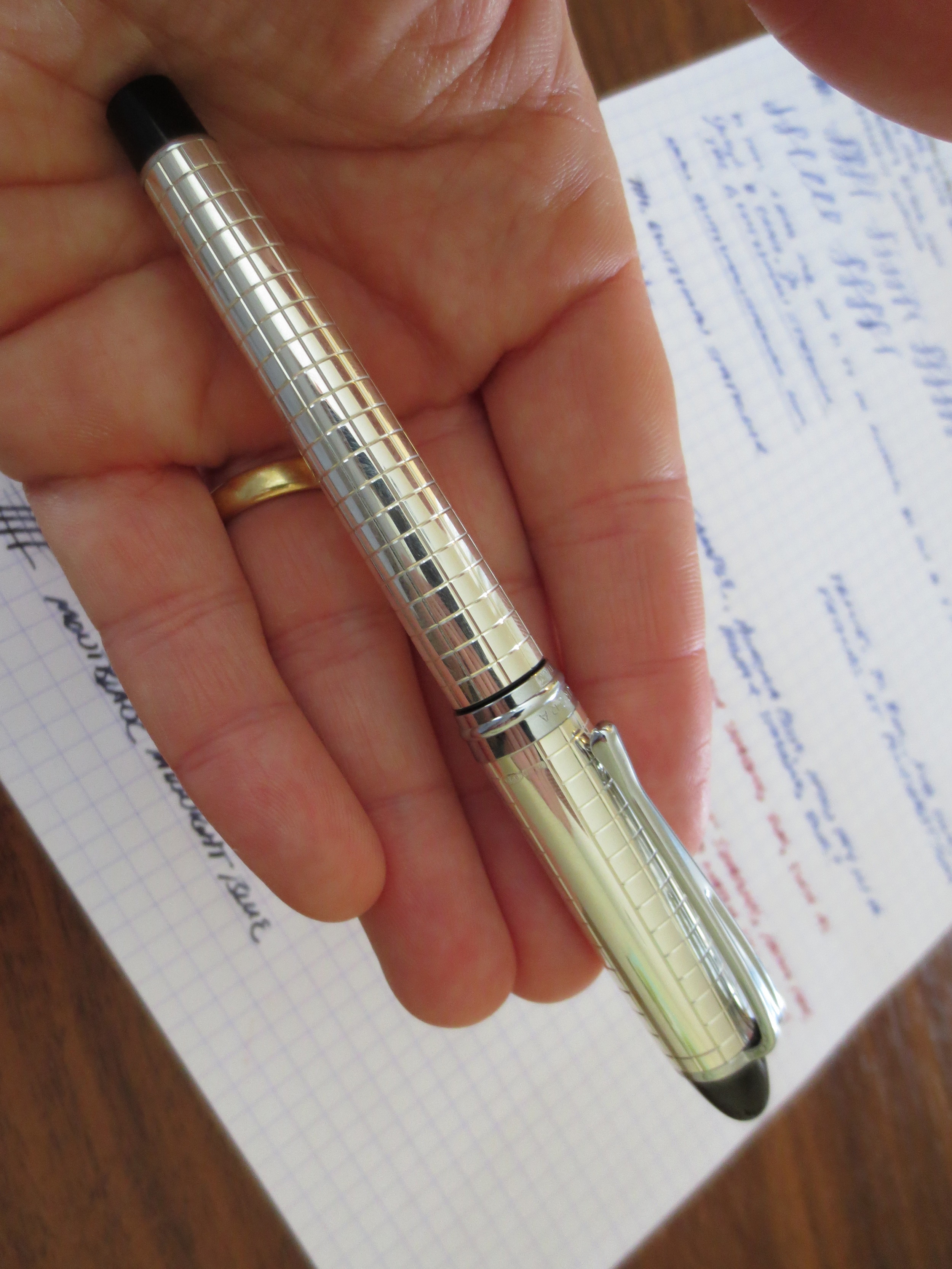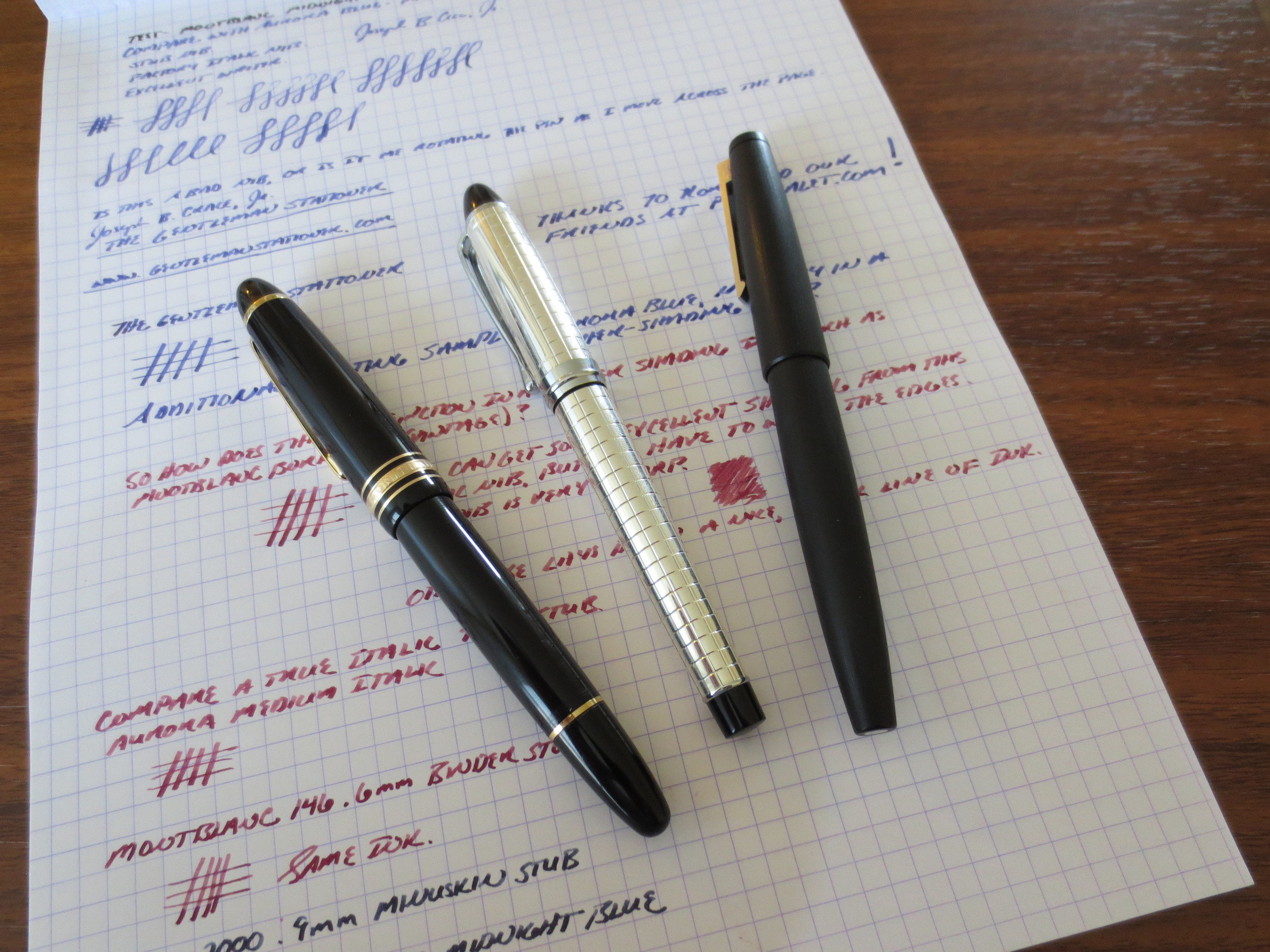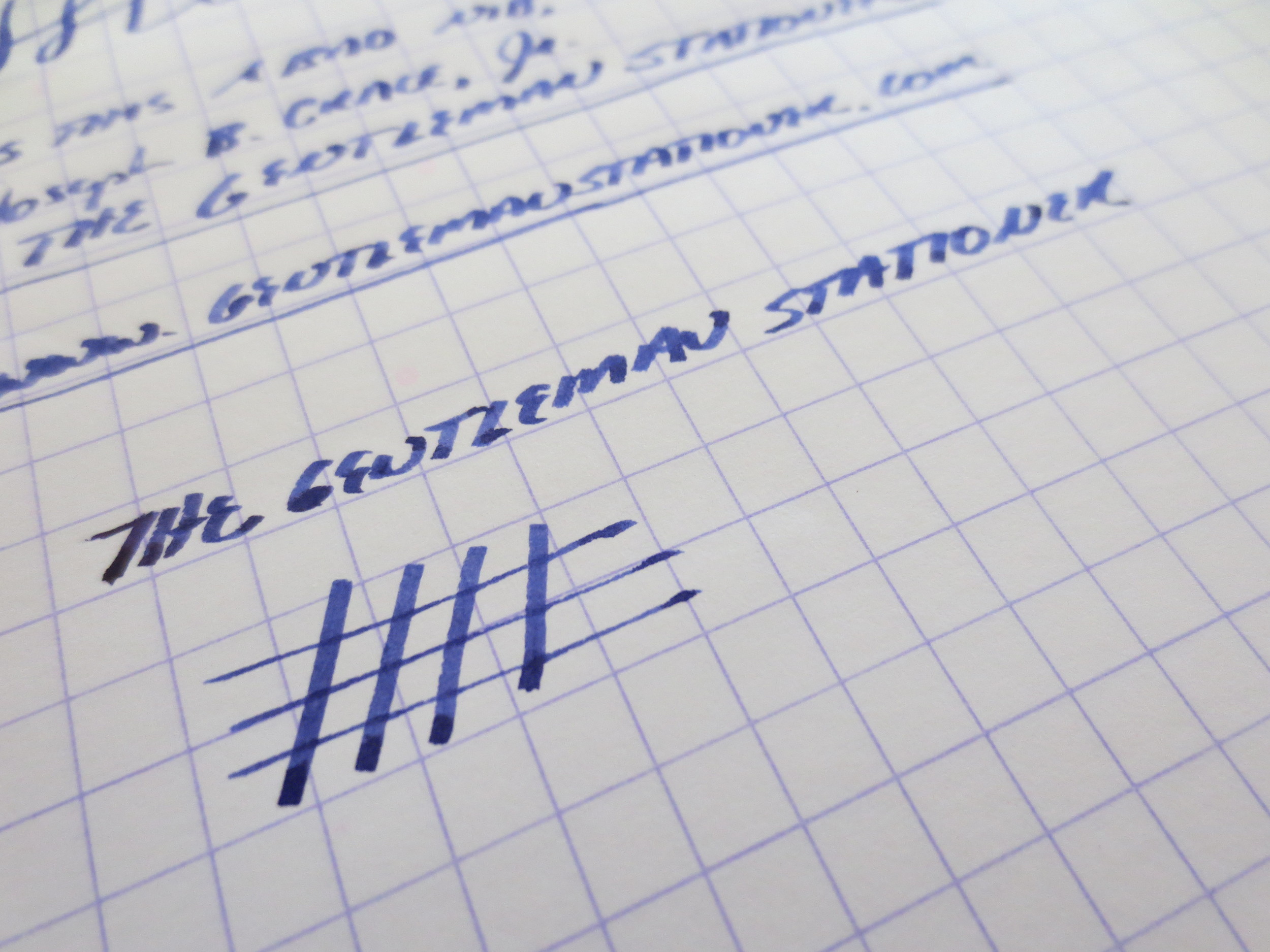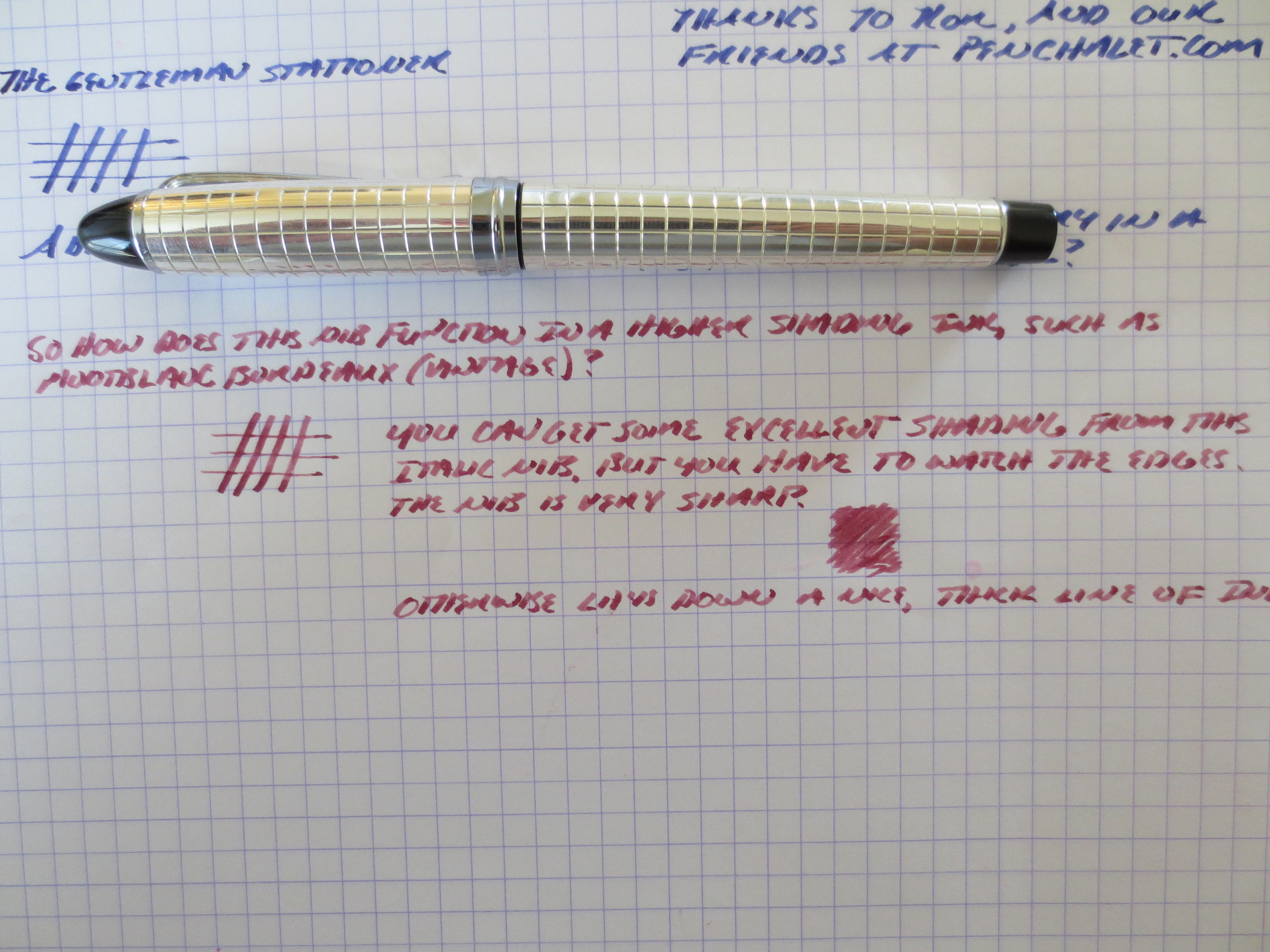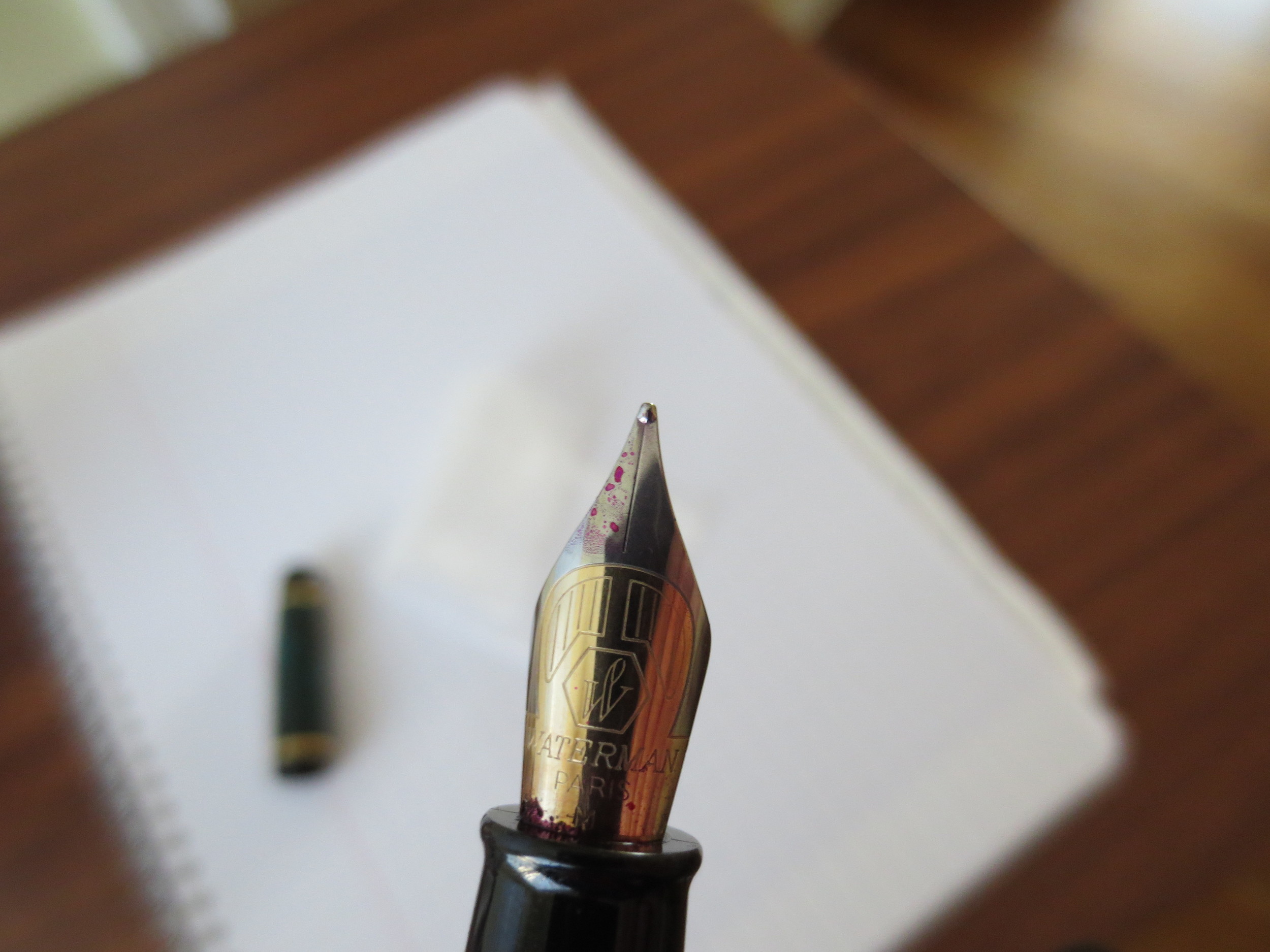I've been looking forward to photographing and reviewing this pen for a while, because it's probably my favorite non-fountain pen that I own, and the pen that I end up using the most when, for whatever reason, a fountain pen is impractical. It's also been a while since I've reviewed a non-fountain pen, so I'm overdue.
Karas Kustoms Render K (Hi-Tec-C Version) in red anodized aluminum.
The Render K is produced by Karas Kustoms, a shop located in Arizona that produces machined goods, including multiple pens that accept the Pilot-Hi-Tec-C, G2, and Juice refills, along with others that will work once they are cut down or slightly modified.
All of Karas Kustoms' pens, including the Render K, were launched on Kickstarter. Being late to the game, I did not get the opportunity to participate in any of the early Kickstarter campaigns, and ran out of money in the pen budget while the "Ink" fountain pen campaign was going on. The pens are easy to pick up through Karas Kustoms' website (link here), although they do run out of the various anodized color options from time to time. There are also raw aluminum, copper, and brass options.
The Build. This pen is rock solid. I've been unable to find a single flaw in the machining. Again, I would call the Render K a "solid" pen, but it's not too heavy, and it still fits well in the hand. Due to the weight and the way the threads are cut on the cap, the pen does not post well, but the size is adequate and I find posting the pen unnecessary. The anodized aluminum coating is durable, but it will scratch and show some wear if it is carried loose in a bag or pocket with other metal objects (such as keys).
.4mm Pilot Hi-Tec-C Refill in--what else--red.
The Refill. I chose the version of the Render K that accepts Pilot's Hi-Tec-C refill, and opted for the .4mm. I like a smoother refill, and I find that .4mm is the sweet spot for me: fine enough to use for annotations, but not too scratchy to use as a daily writer. You can also purchase a version of this pen that accepts the Pilot G2. My other two Karas Kustoms pens, the Retrakt and the Bolt, both use the G2 refill, which I enjoy.
The Pilot Hi-Tec-C has a good "classic red pen" color. It's nothing eye-popping, like some of the red fountain pen inks you see out there, but it gets the job done.
Close-up shot of the color.
The Verdict. I enjoy this pen. It's sturdy and its always on my desk or in my bag. I swap out the refills to alternate between red and black, depending on my needs, but give that I'm a sucker for red pens and red ink you can guess which one I use the most. If you want a pen that's virtually indestructible and can accept one of the more popular "ultra fine" Japanese gel refills out there,** the Render K is one of your best options.
** I will note that with some slight hacking (trimming down the refill with a pair of scissors), the Render K will also accept the Signo DX gel pen refill, although I have not used that pen extensively so I have not reviewed it here.

